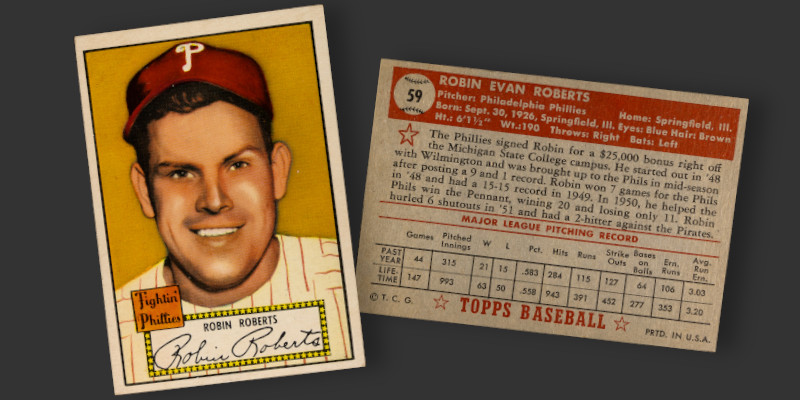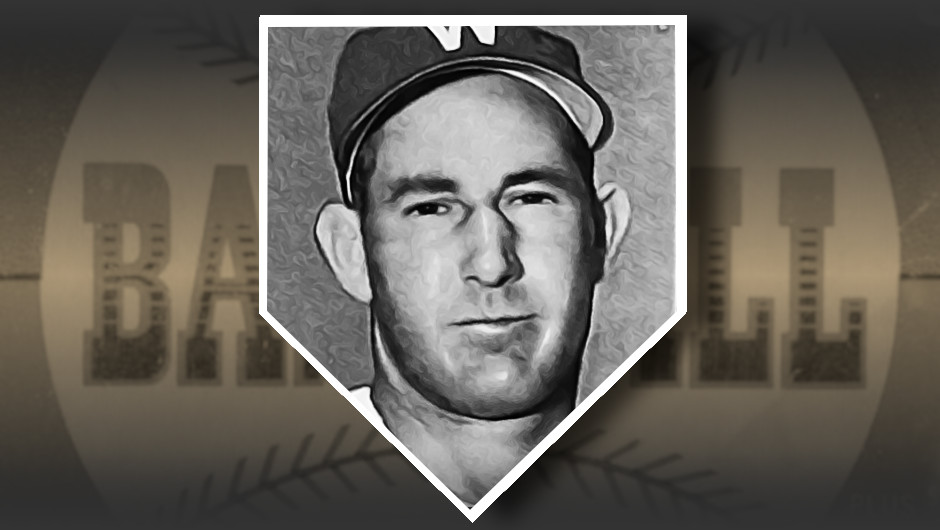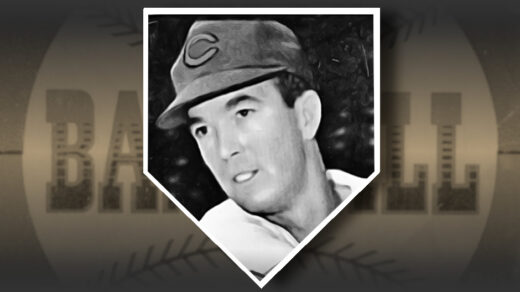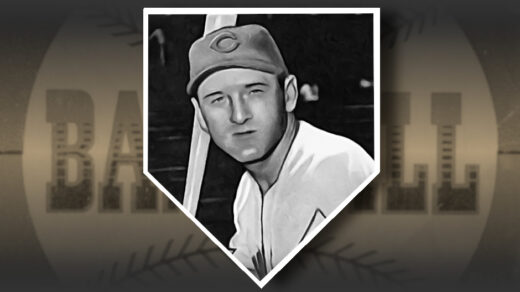Soon after deciding to seriously take a run at building a complete set of 1952 Topps baseball cards I put together a ranking of players in the set’s checklist. Before looking closer at the stats I imagined that Bob Feller would take the title as best pitcher, probably followed by Warren Spahn. I was wrong. Feller was absolutely the best in his prime, but the outer years of his career were problematic and he spent a lot of his better years away from the game during WW2. Spahn almost took the top spot, but his high ranking originates from his crazy longevity and a lack of any real falloff in production.
The best overall pitcher appearing in ’52 Topps isn’t Feller or Spahn. it was Robin Roberts who earned that title with nearly identical WAR totals but better fielding independent pitching metrics. He struck out batters at a higher rate than most of his cohort, finishing the 1950s with the second highest tally of the decade (1,516). Helping matters was exceptionally good control. Primarily a fastball pitcher, he could aim a rocket at any part of the plate and generally made a habit of staying in the strike zone. There was no craftiness here, just a hard throwing guy that batters had no choice but to face head on. He led the majors with the 1950s lowest WHIP (1.13) and didn’t deviate far from that level for the rest of his career (1.17). He even went more than 1,900 innings without walking in a run from 1951-1957.
Those numbers are impressive, but what makes Roberts truly stand out is his ability to perform at this level no matter how often his arm was used. Fastball pitchers tend to fall apart with heavy use, but Roberts seemed impervious to being overworked. For six consecutive seasons he logged more than 300 innings. More than half of his career starts ended in complete games with Roberts completing 64% of his starts from 1950-1959. He completed 28 consecutive starts in 1952-1953, racking up more than 100 innings beyond the next closest pitcher (Spahn) over those two seasons. One of those complete games in the streak was a 17-inning affair. No one has completed as many games in a row since Roberts, and given trends in the game no one else ever will.
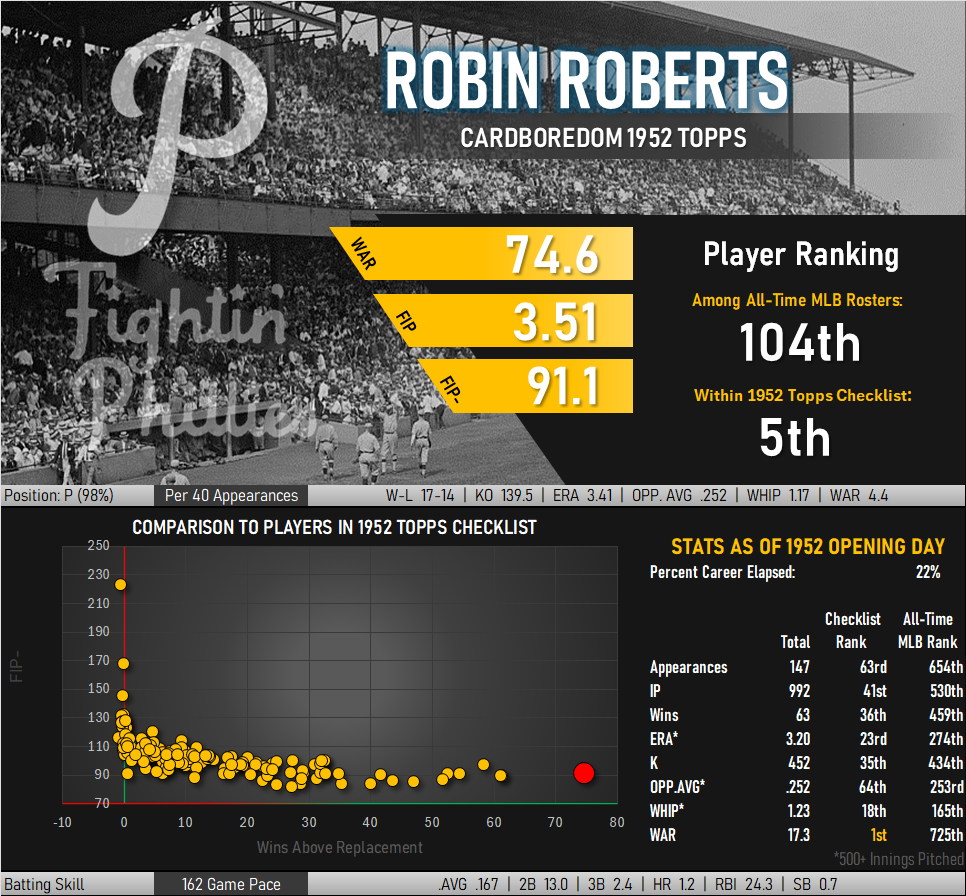
Another amazing Roberts fact? He pretty much showed up one day to a tryout and stepped right into being one the game’s greatest pitchers. At Michigan State University he was the captain of the basketball team. Wanting to play baseball, he wondered into an open tryout and asked to take part. The coach wanted pitchers, so Roberts shrugged and took a spot on the mound and began throwing gas. Within two years he was on the Phillies’ pitching staff.
Roberts’ Non-Yankee Yankees Card
Here’s an idea for a card that sounds good on paper but goes horribly wrong in real life. Roberts was coming away from a decade as the sport’s most dominant pitcher but was playing for a losing team. The Yankees had just won another championship and needed a veteran presence to anchor their rotation. Seems like a great fit, right?
Roberts signed with New York at the outset of the 1962 season and is depicted as a Yankee in Topps’ 1962 edition. However, he never made an appearance for the team despite being on the roster for the first month of the season. Rainouts, scheduled off days, and favorable pitching performances from teammates negated any need for his services and he was sent packing.
Roberts’ 1962 Topps card identifies him as a member of the Yankees and spends much of the biographical text on the back talking up his recent signing with the team. The picture on the front shows him in pinstripes, though they are the red and white apparel of the Philadelphia Phillies rather than New York’s less colorful palette. Roberts doesn’t look very excited in the photo, as it was taken during his terrible 1-10 record 1961 season. The fact that the photographer had just asked him to remove his cap for a dreaded “no-hat” photo likely didn’t help matters.
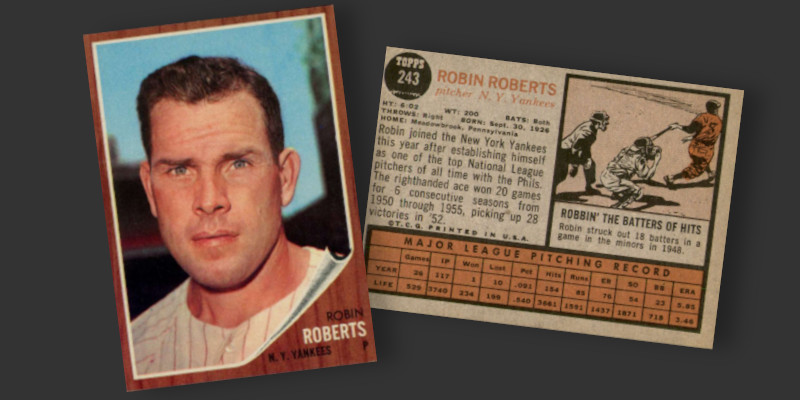
The 1952 Topps Card
Roberts is pictured much happier on his Topps issue from a decade earlier. I’d be happy too if I was about to embark on a 28-win season. Like a lot of recently profiled cards, this one entered the collection through last year’s Chantilly summer card show. There were lots of copies to choose from, with this example winning out due to a low price point and a lack of surface creasing. There is a pull mark destroying the upper left corner, but that is a common issue among several names in the set, notably the cards of Billy Loes and Pete Reiser.

While not rare in any sense, this card is undoubtedly his best. It was issued prior to the start of the baseball season in Topps’ first 80-card series. He would go on to win 28 games that year and even earned 2 saves along the way. He finished second in MVP voting to Hank Sauer, an outcome that commissioner Ford Frick disagreed with. A few years later Frick would go on to create the Cy Young Award to recognize outstanding pitching. Young was undoubtedly a legendary pitcher, but Roberts and his 1952 season could have easily lent his name to the award instead.
An Update…
I upgraded this card in the summer of 2024, selling my duplicate copy so that the cost of improving my Roberts card ran just barely $10 over the cost of my beat up original. As an added bonus it is the red back variety that features sharper colors than the black back variation. It is amazing that such fantastic cards are still attainable with enough searching.
